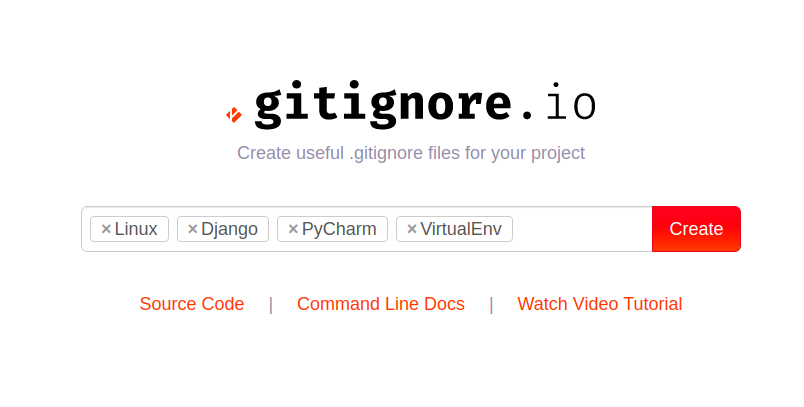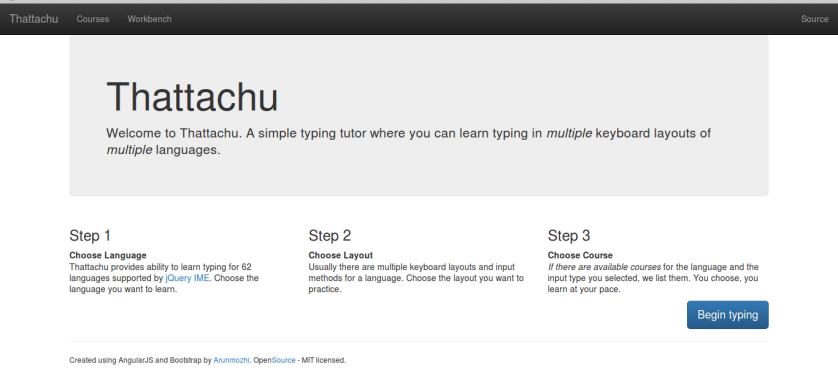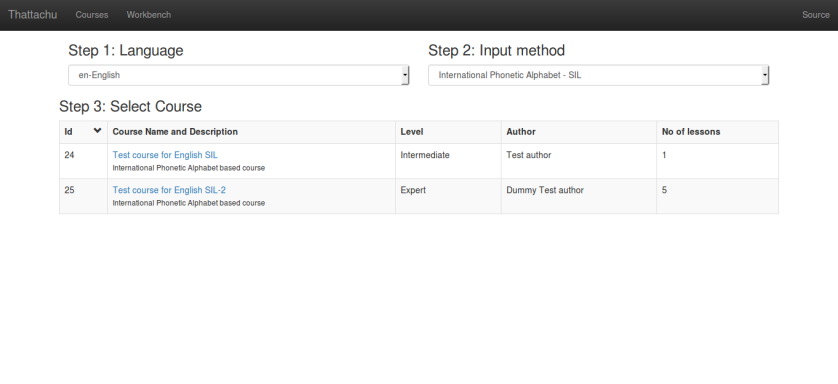My way of generating .gitignore files has evolved over time. First it was just adding files and folder names manually to a empty file called .gitignore. Then as more and more people started sharing their dotfiles, I started using copies of it. One most used resource for me is the Github gitignore Repository. I just grab the raw url of the gitignore that I want and use wget to save in my repository, like:
wget https://raw.githubusercontent.com/github/gitignore/master/Python.gitignore -O .gitignore
gitignore.io
Recently I have started using the online app gitignore.io. The cool thing about this is you can add a combination of things that define your environment and the gitignore is defined based on all of them. For example see the screenshot below:

This generates a gitignore file that I can use for:
- Python Django project
- that I am going to develop using PyCharm
- in a Linux Machine
- under a virtual environment
If you thought this was cool, there is also
- a command line way of doing it – https://docs.gitignore.io/install/command-line
- plugins for text editors VS Code, NeoVIM and EMacs – https://docs.gitignore.io/install/editor-extensions
- libraries and apps for Node, Go, Python & Rust – https://docs.gitignore.io/install/client-applications
..etc., In case you are not using it, give it a try.




